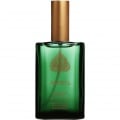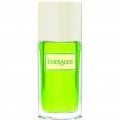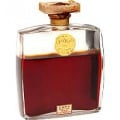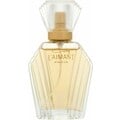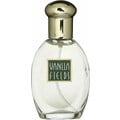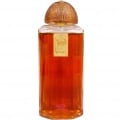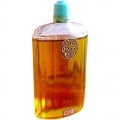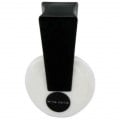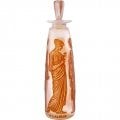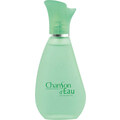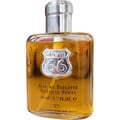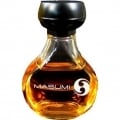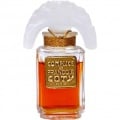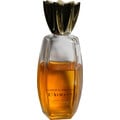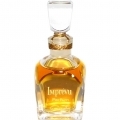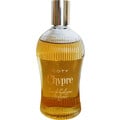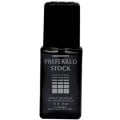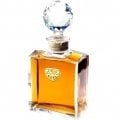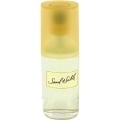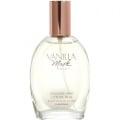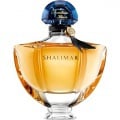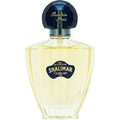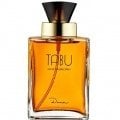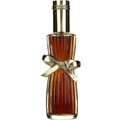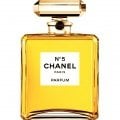07/13/2020

Duftsucht
105 Reviews
Translated
Show original

Duftsucht
Top Review
22
When Shalimar and Bois des Îles cuddle up under a blanket..
... then a small gemstone could be created! And I'm talking about the respective old extra versions of these primeval stones of perfume art. And while I'm sniffing my wrist so enthusiastically, I realize once again that you can't really go wrong with the classic-unsweet-complex! My little emerald begins with a classically citric, delicate, not pointed top note. A little bit aldehydey it also comes very short for my nose, although this is not to be found in the pyramid. The citric top note of old fragrances often seems to be softer than modern chypres, which sometimes smell too sharp-pointed for me. But maybe it is just the natural aging process of the noble waters that makes the top note flatten and thus meets my personal fragrance preferences. Under this gentle citric, a wonderful bouquet of jasmine and ylang ylang peels out, not pompous and opulent, which these fragrances have a lot to offer, but delicately sweet, almost transparent and elegantly framed by wood. And wood is also a keyword for the sensational base: sandalwood in its most beautiful form, accompanied by patchouli, which is as far away from gravelly or musty as it can be and that probably many who wince when they discover this fragrance in a pyramid could still be converted. The base is overpowered by ethereal smoke and unsweet vanilla, which give the fragrance a certain lightness and volatility.
But let's go back to the family tree of the emerald. From Mama Shalimar he inherited the vanilla and the delicate smoke, Papa Bois des Îles contributed sandalwood and tropical flowers - and so this scent, which I discovered by chance in the souk and acquired in a fit of daring, is in no way inferior to these incomparably better known ancestors. I will probably use up the small bottle quite quickly and with great pleasure - and I am once again delighted about this wonderful characteristic of old extravaganzas to stay very close to me and not fill the whole room with their scent. So I enjoy this treasure in private for myself and I have the feeling that it was created exactly for this purpose. Not for the grand entrance in robe and with jewellery, but for the quieter, more intimate moments when I can relax, simply enjoy and which are a very special luxury for me.
10 Comments

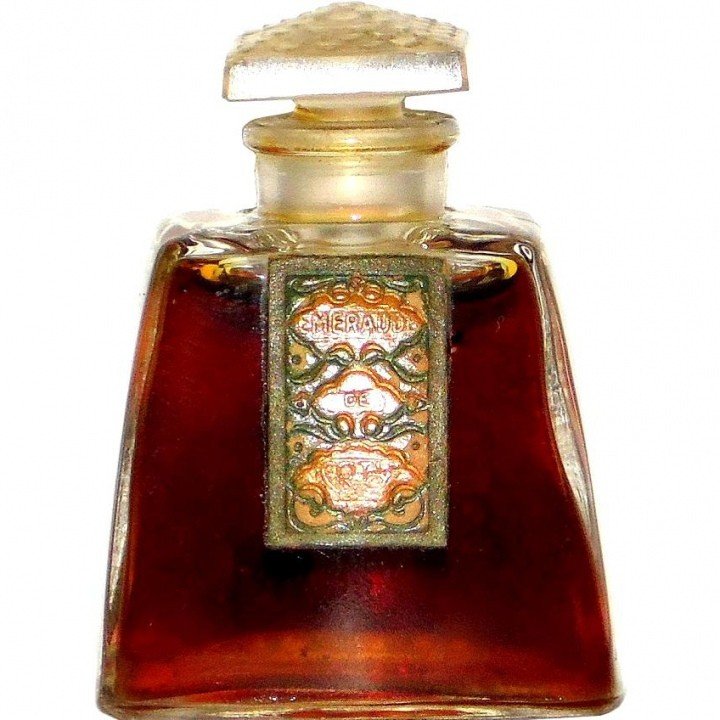


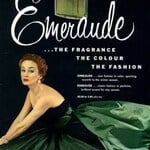
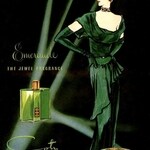

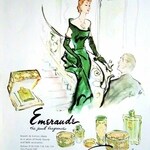
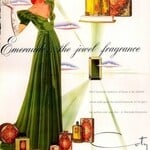
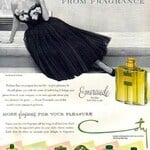
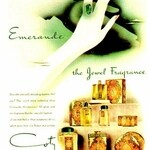
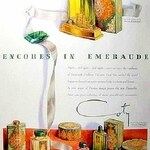
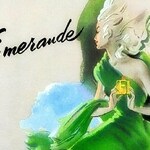
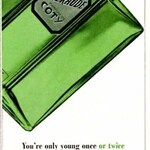
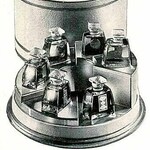
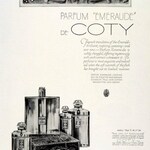
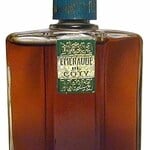
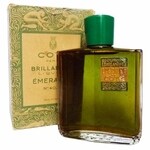
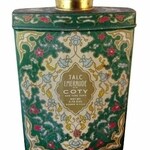
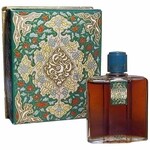
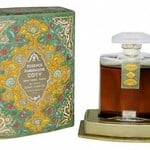
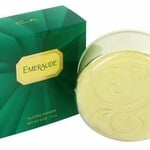
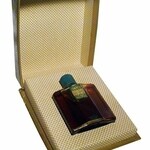
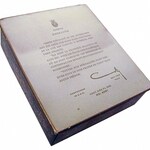
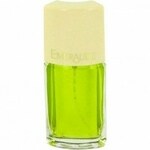
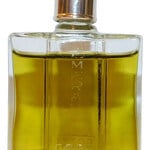
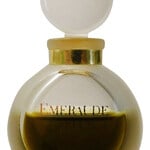
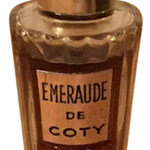
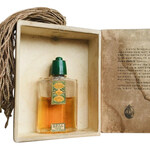
 Top Notes
Top Notes 



 Heart Notes
Heart Notes 



 Base Notes
Base Notes 













